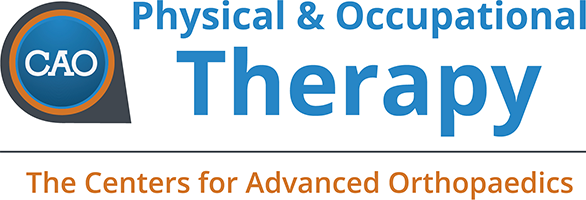Kinesiology Therapeutic Taping


What is Kinesiology Tape and how does it work?
People from weekend warriors to Olympic athletes have been seen sporting colorful tapes across their muscles and joints. There are now well over fifty brands of tape available to the public. Tape is utilized for many different reasons including facilitating exercise, alleviating pain and facilitating lymphatic drainage by microscopically lifting the skin. It is commonly used over the course of 2-3 days or when the tape loses elasticity/adhesiveness. Dr. Kenzo Kase developed the tape with the goals of providing support without limiting movement, which is a common attribute of standard athletic tapes. The kinesiology tape can be applied in hundreds of different ways with the goals being to reduce pain and inflammation, promote post-surgical healing, optimize performance, prevent injury, promote good circulation and assist the body’s natural healing process.
What are the Benefits of Kinesio tape?
Kinesiology tape is usually a blend of cotton/nylon that is designed to impact underlying tissue in six different ways through its unique properties and depending upon its application.
- Altering Mechanics
- Decrease pressure over targeted tissue
- Create tension through targeted tissue
- Decrease stress on targeted tissue
- Provide additional neural input to reduce pain/improve movement pattern
- Impact the lymphatic/circulatory system for swelling management
Many therapists feel that the most important impact the tape has is how it impacts the sensory nervous system. Every portion of our body has sensory receptors that receive and transmit all types of information to include pain. When tape is applied, it creates tension, lifts tissue, and alters the neural information carried to the brain. This can help to make movement and loading easier or to act as a tactile cue for postural changes.
Kinesiology taping also can impact the lymphatic system and mildly improve the body’s management of swelling/fluid build-up in specific regions. This is achieved in theory by lifting the tissue under the tape and creating a pressure gradient that allows for easier fluid transmission. Kinesiology taping may provide support, increase circulation, reduce pain, and improve the way your joints and muscles work. Before using it, you should talk to a physical or occupational therapist, because it is most useful when combined with other treatment methods.
What Conditions/Deficits can it treat?
- Achilles tendonitis
- IT Band Friction
- Patellofemoral Syndrome
- Shoulder impingement
- Cervicogenic Headaches
- Excessive swelling
- Most Sprains
- Most Sprains
- Most Tendonitis
- Most Postural Deficits
- Most Coordination Deficits


